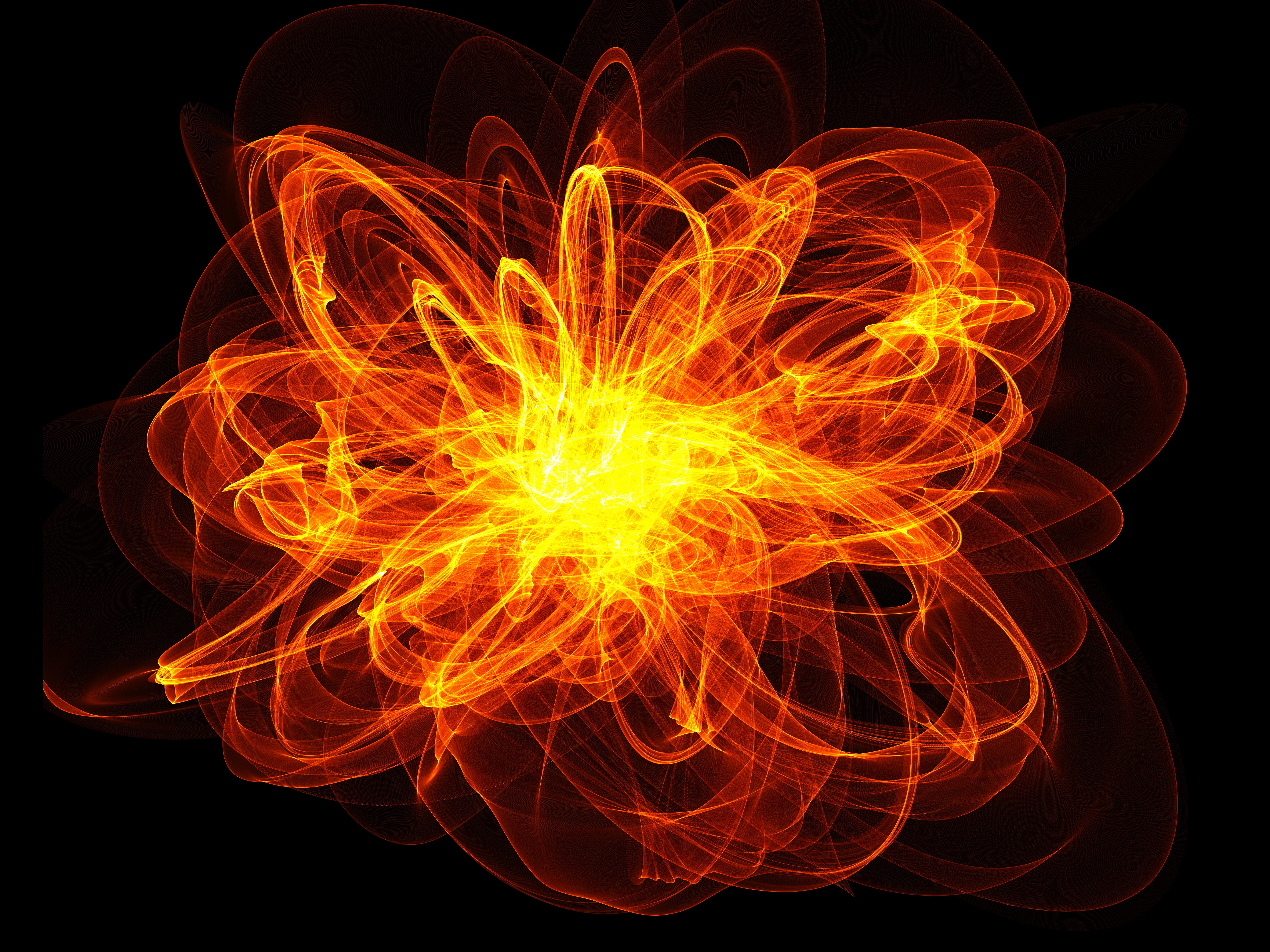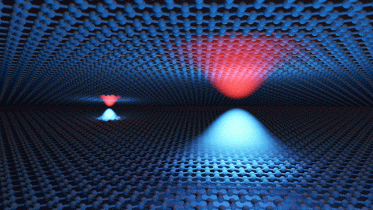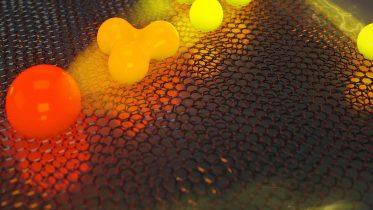
Quantum Particles
In most theoretical physics such as quantum field theory, the energy that a particle has as a result of changes that it itself causes in its environment defines self-energy \Sigma, and represents the contribution to the particle's energy, or effective mass, due to interactions between the particle and its system. In electrostatics, the energy required to assemble the charge distribution takes the form of self-energy by bringing in the constituent charges from infinity, where the electric force goes to zero. In a condensed matter context relevant to electrons moving in a material, the self-energy represents the potential felt by the electron due to the surrounding medium's interactions with it. Since electrons repel each other the moving electron polarizes, or causes to displace, the electrons in its vicinity and then changes the potential of the moving electron fields. These and other effects entail self-energy.








